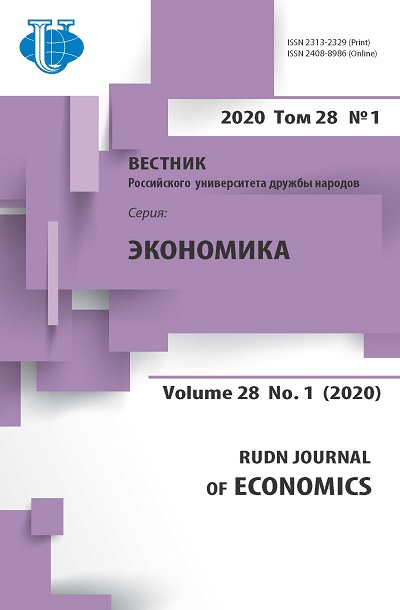Estimates of the interrelation of the level of socio-economic development and the mortality rate in Russian regions
- Authors: Balashova S.A.1, Zakharchuk A.R.1, Sidorenko M.V.1
-
Affiliations:
- Peoples Friendship University of Russia (RUDN University)
- Issue: Vol 28, No 1 (2020)
- Pages: 83-97
- Section: ECONOMIC GROWTH AND SOCIO-ECONOMIC DEVELOPMENT
- URL: https://journals.rudn.ru/economics/article/view/23495
- DOI: https://doi.org/10.22363/2313-2329-2020-28-1-83-97
Cite item















